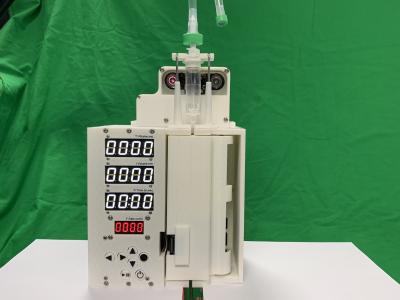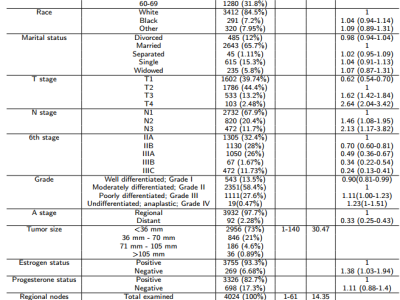Automated Control System for Intravenous Therapy based on Computer Vision-Deep Learning and IoT Platform

- Citation Author(s):
- Submitted by:
- Seol Hwang
- Last updated:
- DOI:
- 10.21227/nj8q-ww42
- Data Format:
 42 views
42 views
- Categories:
- Keywords:
Abstract
We are delighted to present a comprehensive video showcasing our operational prototype designed specifically for intravenous therapy. The submitted video shows the sequential flow of the entire process, starting from the preparatory phase to initiate fluid therapy and seamlessly transitioning into the administration phase. It highlights the real-time integration of our fabricated device with a web browser and an automated control system, ensuring the high precision and accuracy in fluid administration. Our device represents a suitable solution aimed at significantly improving the safety and convenience of fluid therapy for both patients and clinicians. This achievement is made possible through the seamless fusion of technologies, such as Internet of Things, Artificial Intelligence, Control System, and Mechanical Design.
Instructions:
Sequence of actions
1. The device is powered on by applying 220V power.
2. The numbers of segments (Medication Injection Information) are entered using the left, right, up, and down switches.
2.1 The Medication Injection Information includes:
(1) Total volume (mL) - volume of parenteral fluids in the IV bag.
(2) Injection volume (mL) - volume of parenteral fluids infused into the patient.
(3) Remain time (hour/min) - time remaining until the infusion is completed.
(4) Flow rate (cc/hr) - injection volume per remain time.
3. After entering the MIF, the select button and the start (or stop) button are pressed.
4. The camrid I and II that extrude the fluid tube are closed.
5. The manual roller clamp is opened, and it is ensured that there is no dropping from the drip chamber.
6. After confirming that no drops are leaking from the drip chamber, the camrid III is closed.
7. The camrid III is closed for 2 seconds to signalized the pressure to the pressure sensor.
8. The select button is pressed to calculate the flow rate (cc/hr) from the entered Total volume, Injection volume, and Remain time.
9. The start button is pressed, and a web browser is opened.
10. The prototype is operated and automated control is also conducted, simultaneously.
Manipulation during medication administration
The droplets are squeezed using the linear peristaltic pump, and the computer vision-based deep learning algorithm instantly counts the droplets and provides a feedback signal indicating the infusion flow rate. The prototype regularly updates the MIF within its segment every 10 seconds, while the web browser updates and displays the information every 0.5 seconds. In case of an emergency or when the infusion is completed, it is possible to stop the infusion regardless of whether the motor is running or not.
Video Subtitles.
1. Apply 220V power to the device.
2. Turn on the device.
3. Close the camrid I and II to compresses the IV tube.
4. Open the manual roller clamp and make sure there is no fluid dropping from the drip chamber.
5. Close the camrid III for 2 s to send a signal to the pressure sensor.
5. Push the select button and enter the medication injection information (MIF).
5.1. The switches consist of left, right, up, and down.
5.2 Medication Injection Information
(1) Total volume (mL)
(2) Injection volume (mL)
(3) Remain time (hour/min)
(4) Flow rate (cc/hr)
6. After entering the MIF, calculate the Flow rate.
7. Press the start button and open a web browser.
8. Prototype is operating.
9. Peristaltic pump squeezes the fluid based "drop by drop" phenomenon.
10. Computer vision-deep learning counts the dropping instantly.
11. Automated control of the flow rate is conducted by feedback control.






